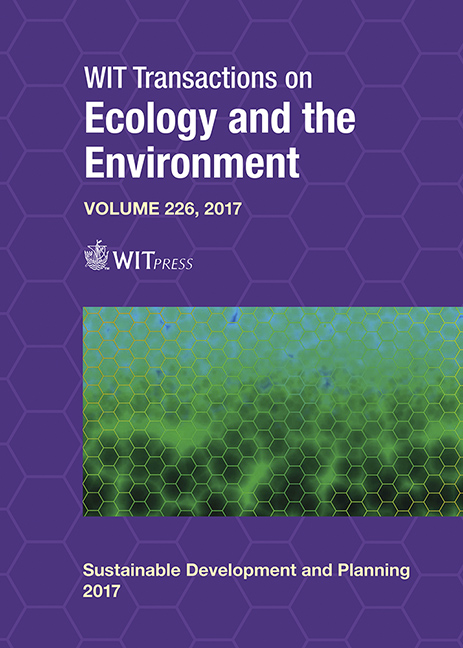OSLO 2019: A CAR-FREE CITY CENTRE
Price
Free (open access)
Transaction
Volume
226
Pages
14
Page Range
3 - 16
Published
2017
Size
393 kb
Paper DOI
10.2495/SDP170011
Copyright
WIT Press
Author(s)
ULF RYDNINGEN, REBECCA CELINE HØYNES, LARS WISTH KOLLTVEIT
Abstract
In June 2016, a climate and energy strategy for Oslo was enacted by the city council. The overall climate targets adopted for Oslo 2030–2050 were to reduce greenhouse gas emissions by 50% (2030) and to zero in 2050. To achieve these goals, several measures for the various municipal sectors have to be implemented. For the transport sector, the most important measure is to ensure transition from individual car transport to public transport, cycling and walking, green goods transportation. Having a fossil free society in 2050, then it is crucial to reverse trends to changing people’s behaviour. If car traffic inside the city centre will be banned, then the consequences need to be evaluated. The concern for the disabled, goods transportation, public transit and residents must be safeguarded. Through comparison with other cities that are partially car-free, we have described some consequences that must be taken into account when implementing the green policy. Several methods are used, a literature review and face-to-face interviews. A study-tour to Germany and France included city-walks, and interviews with urban and transport planners and politicians from the cities of Nuremberg, Freiburg, and Strasbourg. These cities were chosen because of their log experience with implementation of pedestrianized city centres. The provision of pedestrianized city centre in Oslo may at first glance seem like a political stunt from an inexperienced visionary political party. Drastic measures must be implemented, that requires thoughtful planning and participation. A car-free city centre cannot be completed at the expense of the population, and to have a good planning phase will be more important than the goal of implementing the measures within a certain time limit. Achieving good accessibility for all affected may potentially lead to a vibrant cityscape, suitable for many.
Keywords
car-free, Oslo city centre, urban development, sustainable transport





